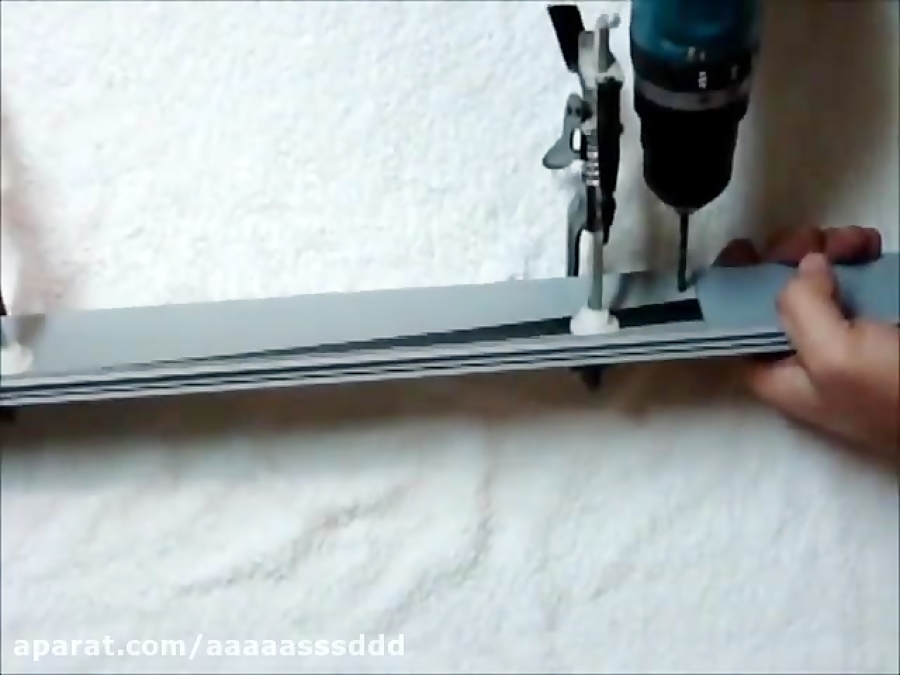

The bridge rectifier can convert AC current produced by some sources, such as the simpleGEN, to a DC current.The capacitor can temporarily store electrical energy.The 1 W resistors (10 Ω, 30 Ω, 51 Ω, and 100 Ω) on the power output board can test how much load your turbine can handle.If you need an exact measurement of the power source voltage, we recommend using a Vernier energy sensor (VES-BTA or GDX-NRG). The visual voltmeter gives a general indication of the potential difference produced by a power source.This device measures the power output of your small wind turbines or solar panels. The KidWind Power Output Board includes a visual voltmeter, resistors, a capacitor, and an AC-to-DC bridge rectifier. The KidWind Power Output Pack includes several load devices to test the power output of your wind turbine. For more information see Power Output Pack The simpleGen replaces the nacelle while the GENpack fits into the nacelle. Two Do-It-Yourself generator options are available (purchased separately) to further investigate generator construction: KidWind simpleGEN (KW-SGEN) and GENPack (KW-GP). This generator is the primary generator for wind turbine experiments because it runs smoothly and provides high power output at a relatively low RPM. The Basic Wind Experiment Kit comes with one standard DC generator.
 If needed, use a set screw to lock the nacelle in place and prevent the nacelle from turning. If your tower is wood, you can wrap the wires around the tower and attach them with zip ties or tape. If your tower is PVC, you may pass the wires down the pipe. Slide your nacelle onto the top of the tower.
If needed, use a set screw to lock the nacelle in place and prevent the nacelle from turning. If your tower is wood, you can wrap the wires around the tower and attach them with zip ties or tape. If your tower is PVC, you may pass the wires down the pipe. Slide your nacelle onto the top of the tower.  Move your generator up or down by adjusting the hex nuts so that the pinion gear meshes with the gear on the driveshaft (see Figure 5).įigure 5 Mounting the Nacelle on the Tower. Place the 16-, 32-, or 64-tooth gear onto the driveshaft and press it onto the hex lock. Slip a second hex lock onto the driveshaft with the flange facing the nacelle. On the side opposite of the generator, slide the driveshaft, with the attached Hub Quick Connect, into the hole at the top of the nacelle. Slide a hex lock about two-thirds the way onto the driveshaft with the flange facing the nacelle. Attach the smallest gear (pinion) to the driveshaft of the generator by pressing it on firmly with your fingers. You can attach the wires to the wood tower with zip-ties or tape. On a wood tower, the wires can go to the side of the nacelle. Then the wires can go down through the PVC pipe. Optional: If you are using a PVC tower, you can snake the wires from the motor through the slot in the nacelle behind the motor mount. Tighten the nuts up and down onto the motor mount to hold the generator securely in place. Loosen the motor mounts on the nacelle until the generator can fit between them. Figure 4 Attaching the Generator to the Nacelle
Move your generator up or down by adjusting the hex nuts so that the pinion gear meshes with the gear on the driveshaft (see Figure 5).įigure 5 Mounting the Nacelle on the Tower. Place the 16-, 32-, or 64-tooth gear onto the driveshaft and press it onto the hex lock. Slip a second hex lock onto the driveshaft with the flange facing the nacelle. On the side opposite of the generator, slide the driveshaft, with the attached Hub Quick Connect, into the hole at the top of the nacelle. Slide a hex lock about two-thirds the way onto the driveshaft with the flange facing the nacelle. Attach the smallest gear (pinion) to the driveshaft of the generator by pressing it on firmly with your fingers. You can attach the wires to the wood tower with zip-ties or tape. On a wood tower, the wires can go to the side of the nacelle. Then the wires can go down through the PVC pipe. Optional: If you are using a PVC tower, you can snake the wires from the motor through the slot in the nacelle behind the motor mount. Tighten the nuts up and down onto the motor mount to hold the generator securely in place. Loosen the motor mounts on the nacelle until the generator can fit between them. Figure 4 Attaching the Generator to the Nacelle







 0 kommentar(er)
0 kommentar(er)
